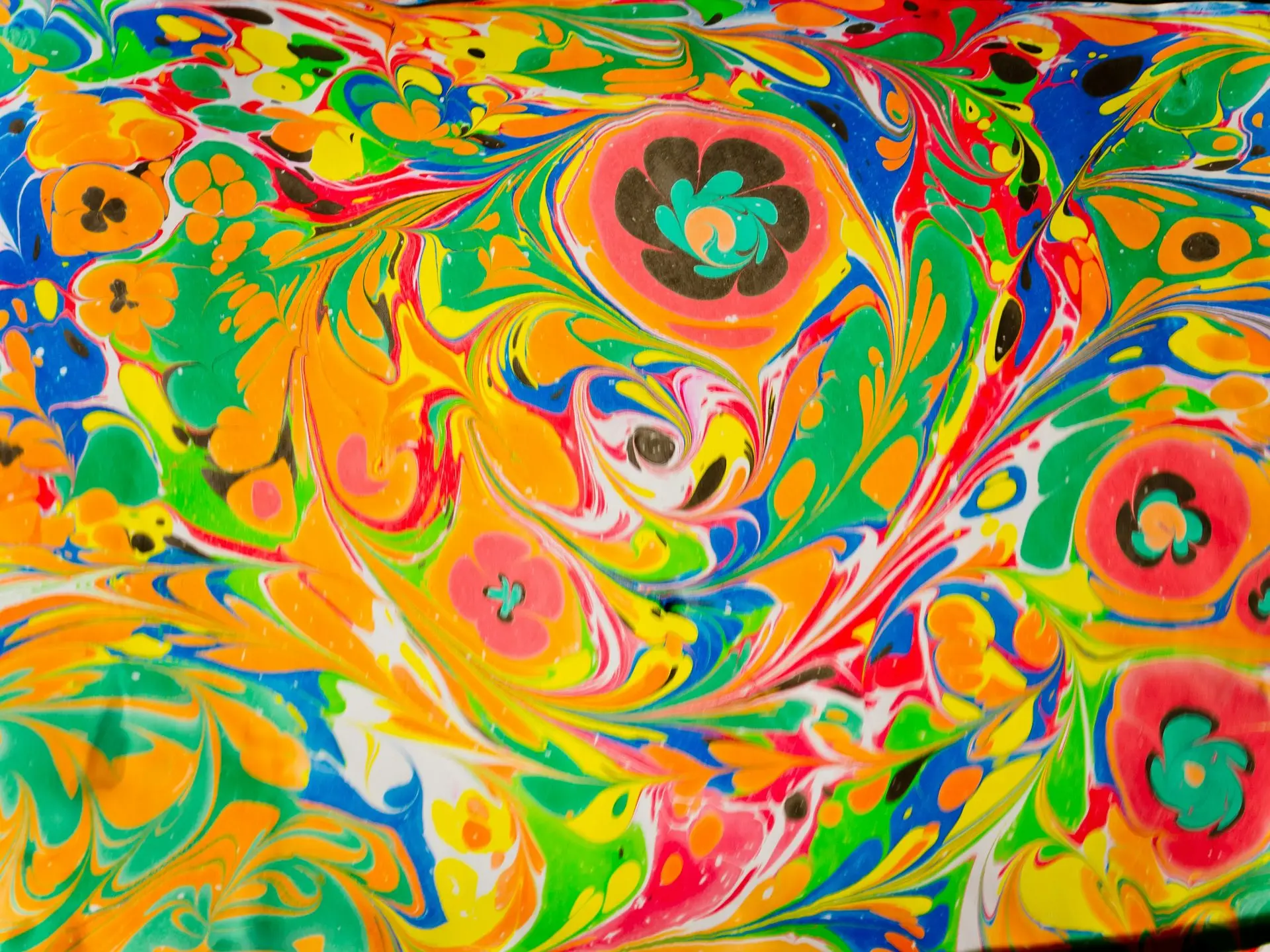The Lotus Flower: Symbolism in Egyptian Myth

Looking for more amazing products? Check out our online store and explore our collection here! Happy shopping!
Before diving in, please note: This post is for informational purposes only. If you’d like to know more about how we approach topics, feel free to check out our friendly Disclaimer Page.
Hey there, amazing readers! 
We’re committed to delivering quality posts, and your support (even just sticking around despite the ads) means everything to us. So, bear with us, and thanks for helping us keep the good vibes rolling. Now, on to the fun stuff!
TRANSLATE BUTTON AT THE END OF THE ARTICLE
Introduction to the Lotus Flower
The lotus flower holds profound symbolism in Egyptian mythology, art, and religion.
Ancient Egyptians revered this delicate flower for its beauty and associated it with various spiritual and cultural aspects of their civilization.
The lotus, known as “seshen” in Ancient Egyptian, is an aquatic plant that grows in marshes and has long been admired for its ability to emerge from murky waters and bloom into a stunning flower.
This article delves into the historical significance of the lotus in Egypt and explores its symbolism across different aspects of Egyptian culture.
Historical Significance of the Lotus in Egypt
The lotus has deep historical significance in Egypt, dating back to ancient times.
Archaeological findings suggest that the lotus was cultivated in gardens as early as the Predynastic Period (c. 6000-3150 BCE).
The plant’s cultural importance is evident in its depiction in ancient Egyptian art, including tombs, temples, and papyrus scrolls.
The Nile River, a lifeline of Ancient Egypt, was often associated with the lotus due to the plant’s abundance along its banks.
The lotus became a prominent symbol of Egypt’s fertility, prosperity, and the cycle of life and death.
The Lotus in Ancient Egyptian Art and Architecture
The lotus is prominently featured in the art and architecture of ancient Egypt.
In sculpture and paintings, the lotus is often depicted as a fully opened flower with its petals unfurled, symbolizing the blossoming of the soul or enlightenment.
The lotus was also a popular motif in temple architecture, where its image adorned pillars, walls, and even thrones.
The plant’s representation in art and architecture showcased the Egyptians’ deep reverence for its symbolic meanings and its association with the divine.
Lotus Symbolism in Egyptian Creation Myths
In Egyptian creation myths, the lotus plays a significant role in the origin of life.
The belief was that the world emerged from the primeval waters, represented by the lotus.
According to one myth, the sun god, Ra, emerged from a lotus that rose from the watery chaos.
This connection between the lotus and creation demonstrates the Egyptians’ belief in the transformative powers of the flower and its ability to bring forth life from the depths.
The Lotus as a Symbol of Rebirth and Resurrection
The lotus symbolizes rebirth and resurrection in Egyptian mythology.
Just as the flower emerges from the muddy waters and blooms anew, it became a powerful metaphor for the cycle of life, death, and rebirth.
This symbolism is closely tied to the Egyptian concept of the afterlife, where they believed the deceased would undergo a journey through the underworld before being reborn into the next life.
The lotus was often placed in tombs and depicted in burial rituals to ensure the deceased’s successful transition to the afterlife.
Lotus Symbolism in Egyptian Deities and Pharaohs
The lotus is closely associated with several Egyptian deities and pharaohs.
For instance, the goddess Isis, often depicted with a lotus headdress, was associated with fertility, motherhood, and rebirth.
Another deity, Nefertem, the god of beauty and healing, was often depicted emerging from a lotus flower.
Pharaohs, considered divine rulers, were depicted wearing crowns adorned with lotus blossoms, signifying their divine status and connection to the gods.
The Role of the Lotus in Egyptian Religious Ceremonies
The lotus played a significant role in Egyptian religious ceremonies.
It was often used as an offering to deities during religious rituals, symbolizing purity, enlightenment, and rebirth.
The priests and priestesses, adorned with lotus flowers, would present these offerings to the gods as a form of purification and spiritual connection.
The flower’s fragrance and beauty were believed to please the gods and invite their blessings upon the worshippers.
Lotus Symbolism in Ancient Egyptian Literature and Poetry
The lotus was a common motif in ancient Egyptian literature and poetry, often used as a metaphor for beauty, purity, and the transience of life.
Explore the Path to Spirituality and Enlightenment – Start Here.
It was frequently mentioned in love poems, where the beloved was likened to a lotus flower, emphasizing their attractiveness and grace.
Ancient Egyptian poets also used the lotus to describe the beauty of nature, comparing it to the sun’s radiance or the shimmering waters of the Nile.
The Lotus as a Symbol of Purity and Enlightenment
The lotus is revered in Egyptian culture for its association with purity and enlightenment.
Just as the flower rises above the muddy waters and remains untouched by impurities, it represents the human quest for spiritual enlightenment and the ability to transcend the material world.
The lotus symbolizes the purity of the soul, reminding individuals to strive for inner purity and moral integrity.
The Lotus as a Symbol of Creation and Fertility
The lotus is deeply intertwined with the concepts of creation and fertility in Egyptian mythology.
Its association with the primeval waters and its ability to emerge from chaos into a beautiful flower symbolize the creative forces of nature.
The lotus also represents fertility and abundance, as it is a plant that thrives in wetlands and produces numerous seeds.
Its presence in Egyptian art and ceremonies served as a powerful reminder of the Nile’s life-giving properties and the fertility of the land.
Modern Interpretations of Lotus Symbolism in Egypt
In modern times, the lotus flower continues to hold symbolic meaning in Egypt.
It is often used in contemporary art, jewelry, and designs to evoke the rich cultural heritage of ancient Egypt.
The lotus is also seen as a symbol of resilience, reminding people to rise above challenges and difficulties just as the flower emerges from the muddy waters.
Furthermore, the lotus serves as a reminder of the enduring legacy and wisdom of the ancient Egyptians, inspiring a sense of wonder and fascination with their mythology and symbolism.
Conclusion
The lotus flower holds immense symbolism in Egyptian myth, representing various aspects of ancient Egyptian culture, spirituality, and religious beliefs.
From its historical significance in Egypt to its portrayal in art, the lotus remains an enduring symbol of rebirth, resurrection, purity, enlightenment, creation, and fertility.
Its influence can be traced through ancient Egyptian literature, religious ceremonies, and the association with deities and pharaohs.
Even in modern times, the lotus continues to captivate the imagination and inspire awe, reflecting the timeless allure and profound wisdom of Egyptian mythology.

The Enlightenment Journey is a remarkable collection of writings authored by a distinguished group of experts in the fields of spirituality, new age, and esoteric knowledge.
This anthology features a diverse assembly of well-experienced authors who bring their profound insights and credible perspectives to the forefront.
Each contributor possesses a wealth of knowledge and wisdom, making them authorities in their respective domains.
Together, they offer readers a transformative journey into the realms of spiritual growth, self-discovery, and esoteric enlightenment.
The Enlightenment Journey is a testament to the collective expertise of these luminaries, providing readers with a rich tapestry of ideas and information to illuminate their spiritual path.
Our Diverse Expertise
While our primary focus is on spirituality and esotericism, we are equally passionate about exploring a wide range of other topics and niches 

To ensure we provide the most accurate and valuable insights, we collaborate with trusted experts in their respective domains 
Our blog originally focused on spirituality and metaphysics, but we’ve since expanded to cover a wide range of niches. Don’t worry—we continue to publish a lot of articles on spirituality! Frequently visit our blog to explore our diverse content and stay tuned for more insightful reads.
Hey there, amazing reader! 
Check out our store here and take a peek at some of our featured products below! Thanks for being awesome!















